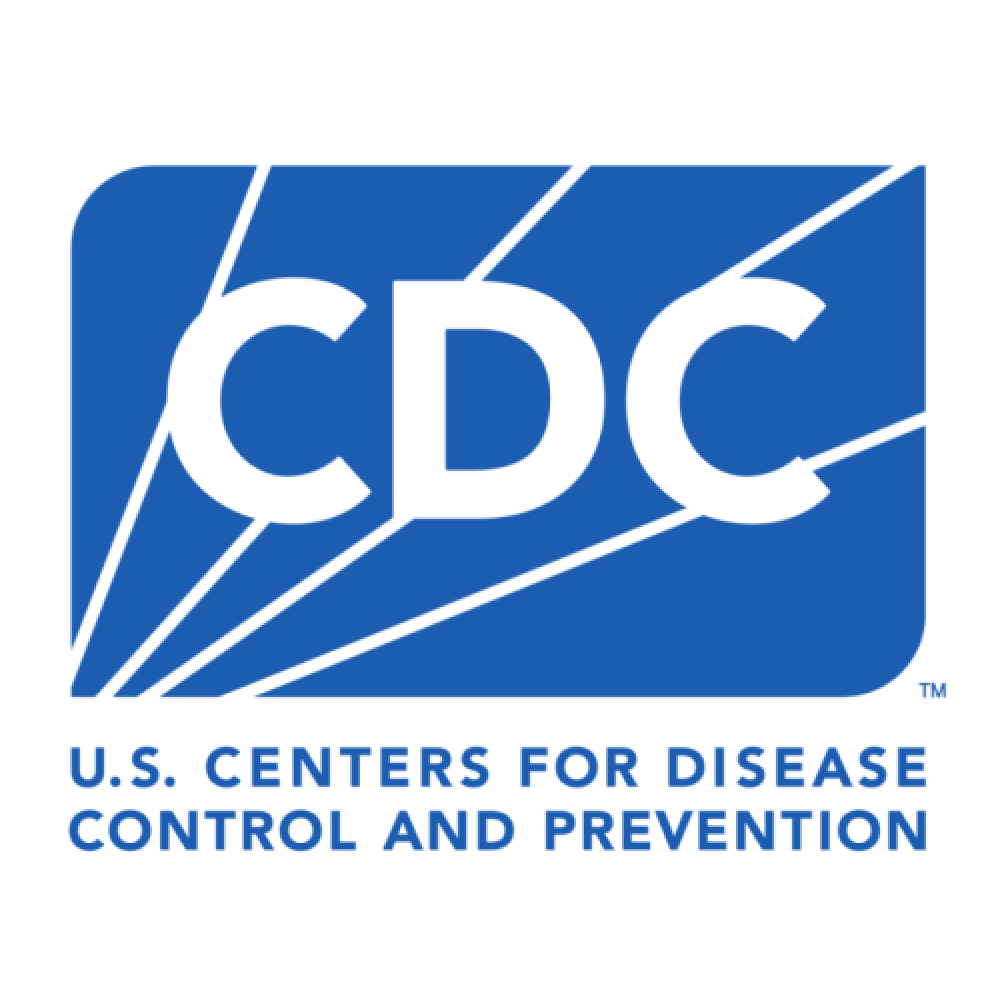
The CDC responded to the World Trade Center and bioterrorism anthrax attacks
In 2001, the U.S. Centers for Disease Control and Prevention (CDC) responded to the World Trade Center and bioterrorism anthrax attacks. The anthrax attacks that occurred in October and November of 2001 raised the connection between environment and health to a new level.
The anthrax attacks and other threats have strained the abilities and resources of the CDC and state and local health departments to react effectively. For example, as a nation, the CDC was unable to prepare an effective risk communication strategy after the anthrax events that could alleviate nationwide panic, and were unprepared for the volume of laboratory samples that had to be processed.
In December of 2001 that the U.S. Congress allocated significant funding for this initiative. These funds included $1 billion for state and local preparedness, $918 million of which was allocated to CDC for state and local health departments to upgrade their ability to react to bioterrorism and other public health emergencies.
Numerous experimental, laboratory, and epidemiological studies conducted over the past several years have linked high concentrations of known air pollutants to respiratory health problems, and a simple social experiment reinforced this relationship: during the 1996 Olympic Games in Atlanta, efforts to reduce downtown traffic congestion, especially during the morning, were associated with prolonged reductions in ozone pollution and a 41% decrease in rates of childhood asthma events requiring emergency care or hospitalization.
Tags:
Source: U.S. National Library of Medicine
Credit:
